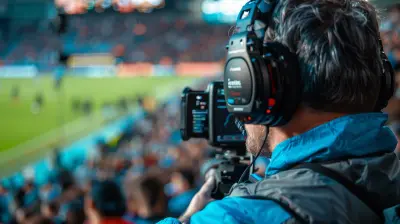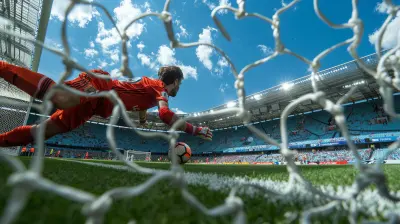The Role of Camera Angles in Enhancing the Viewer Experience
16 June 2025
Ever wondered why some sports games make you feel like you're right there on the field, sweating with the players? Or why a slow-motion replay can get your heart racing like it’s the final scene of a thriller movie? It’s not just the game. It’s not just the athletes. It’s the camera angles—those subtle, ever-shifting perspectives that shape how we experience every moment.
Let’s dive deep into the spellbinding world of camera angles and unravel how they can turn a standard sports match into a cinematic masterpiece.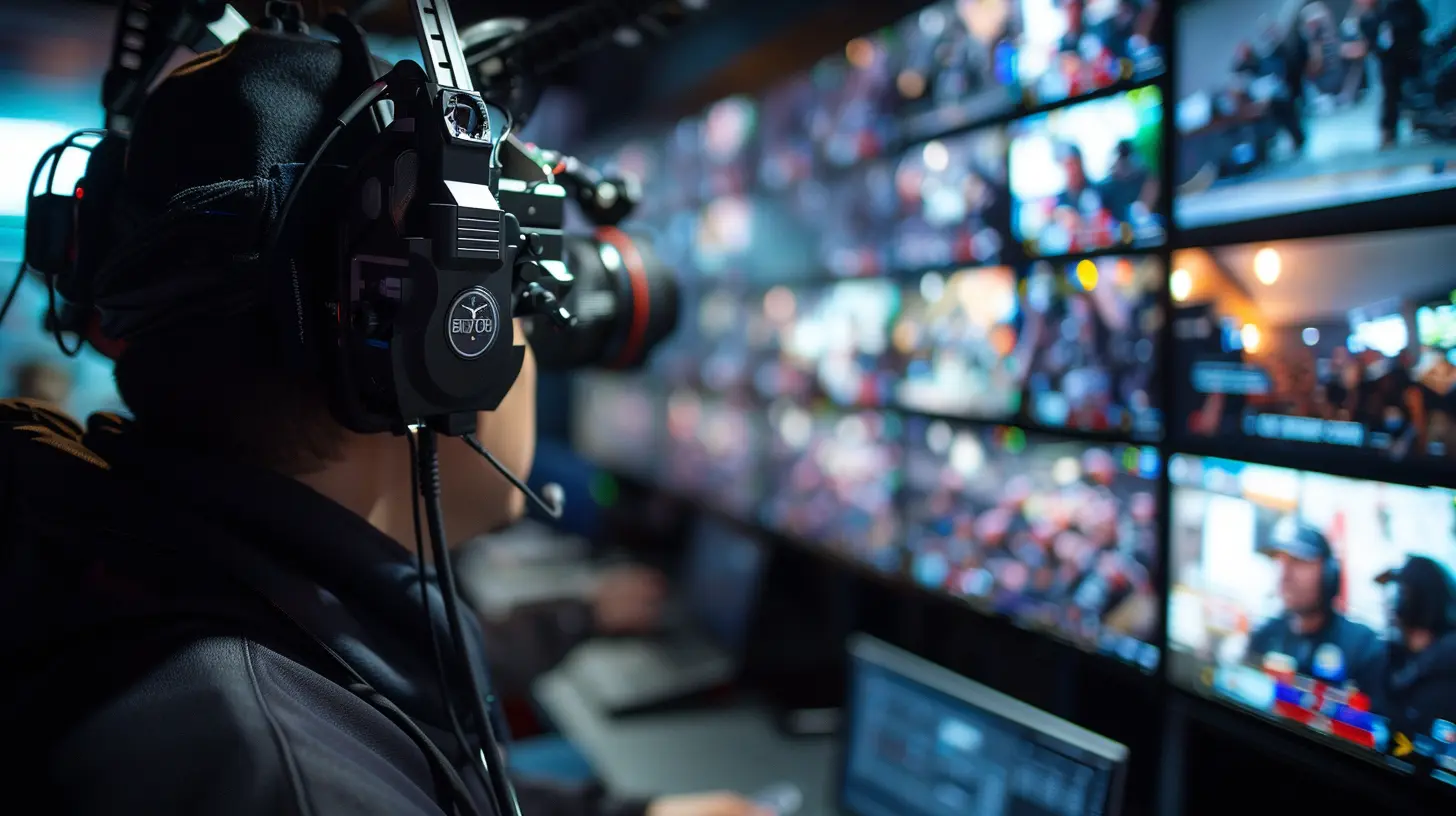
Lights, Camera… Action? It's All About The Angles
At first glance, camera angles might seem like a behind-the-scenes detail, something only directors worry about. But if we're being honest, they play a massive role in how we, the viewers, consume and emotionally connect with sports.Think of it this way: What’s the difference between watching a soccer match from the nosebleeds and watching it live on TV with close-ups, replays, and aerial shots? The same game, wildly different experiences. That’s the magic of angles.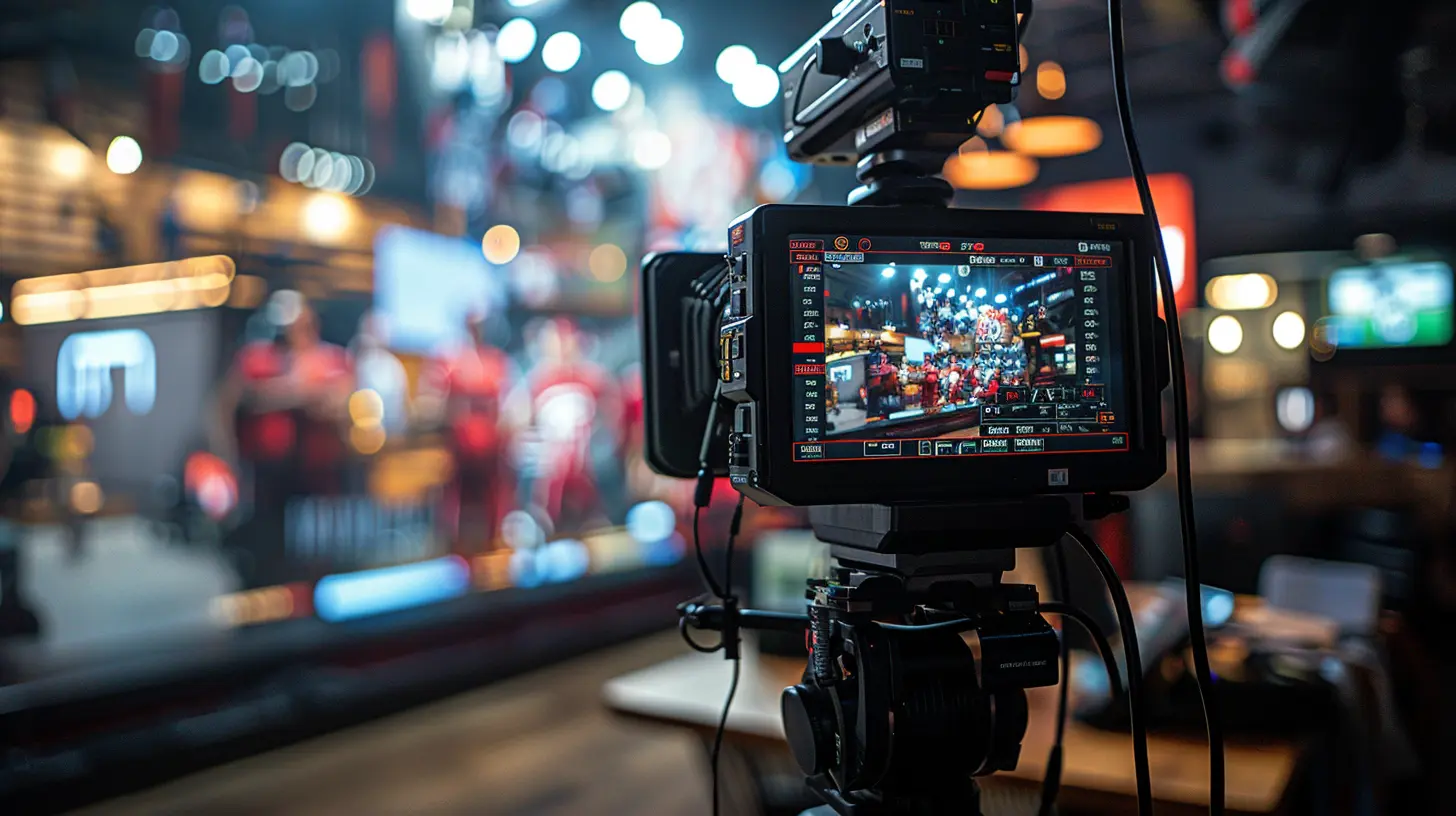
The Emotional Power of Perspective
Angles Create Drama
Sports are already dramatic. Last-second goals, buzzer-beaters, fouls, and comebacks are packed with emotion. But camera angles dial that emotion up to eleven.- Low angles make athletes appear larger than life—like modern-day gladiators.
- Over-the-shoulder shots put you in the player’s shoes—giving you that adrenaline spike like you’re about to take the penalty.
- Zoom-ins on a player's face? That’s pure tension. You can almost feel their heartbeat.
It's kind of like watching a movie, but completely unscripted. The right angle doesn’t just show the action. It feels the action.
Creating a Connection
The top-down view might be great to see strategy in real time, but a tight, sideline shot brings you right into the mud and grit. It's personal. You catch emotions, nerves, frustration—stuff stats and commentary can’t capture.And the closer we feel to the drama on the field, court, pitch, or track, the more we care about the outcome. It’s psychology, baby.
Different Sports, Different Needs
Not all sports are equal in terms of camera angles. Each one has its own flavor, its own rhythm. So let’s break it down a bit.Football (Soccer)
You’ve got your classic wide midfield shot, probably the most used angle in football broadcasts. It’s functional—you see the flow, the shape, the space.But when things get heated? That angle changes.
- Sideline tracking shots follow the ball like a hawk.
- Goal-line cameras give that perfect view for tight goal decisions.
- Spidercams provide an almost video-game-like view, gliding above the players.
And for the drama? Super slow-mo replays from multiple angles show that mind-blowing volley or controversial foul. That’s where decisions—and emotions—get made.
American Football
American football is chaos layered on complexity. Without camera angles, good luck understanding what just happened in that 4-second play.- All-22 cams offer a tactical view.
- Helmet cams and pylon cams bring raw, player-level intensity.
- End zone angles give god-tier views of touchdowns and fumbles.
If one angle doesn’t show it, you better believe five others caught it.
Basketball
Basketball is fluid. Fast. Constant motion. The default sideline cam keeps up with the pace, but the baseline cams give killer views of the action under the hoop.And replays? That signature crossover, the buzzer-beater from the corner, or the dunk that rocks the rim—it all hits harder from the right angle.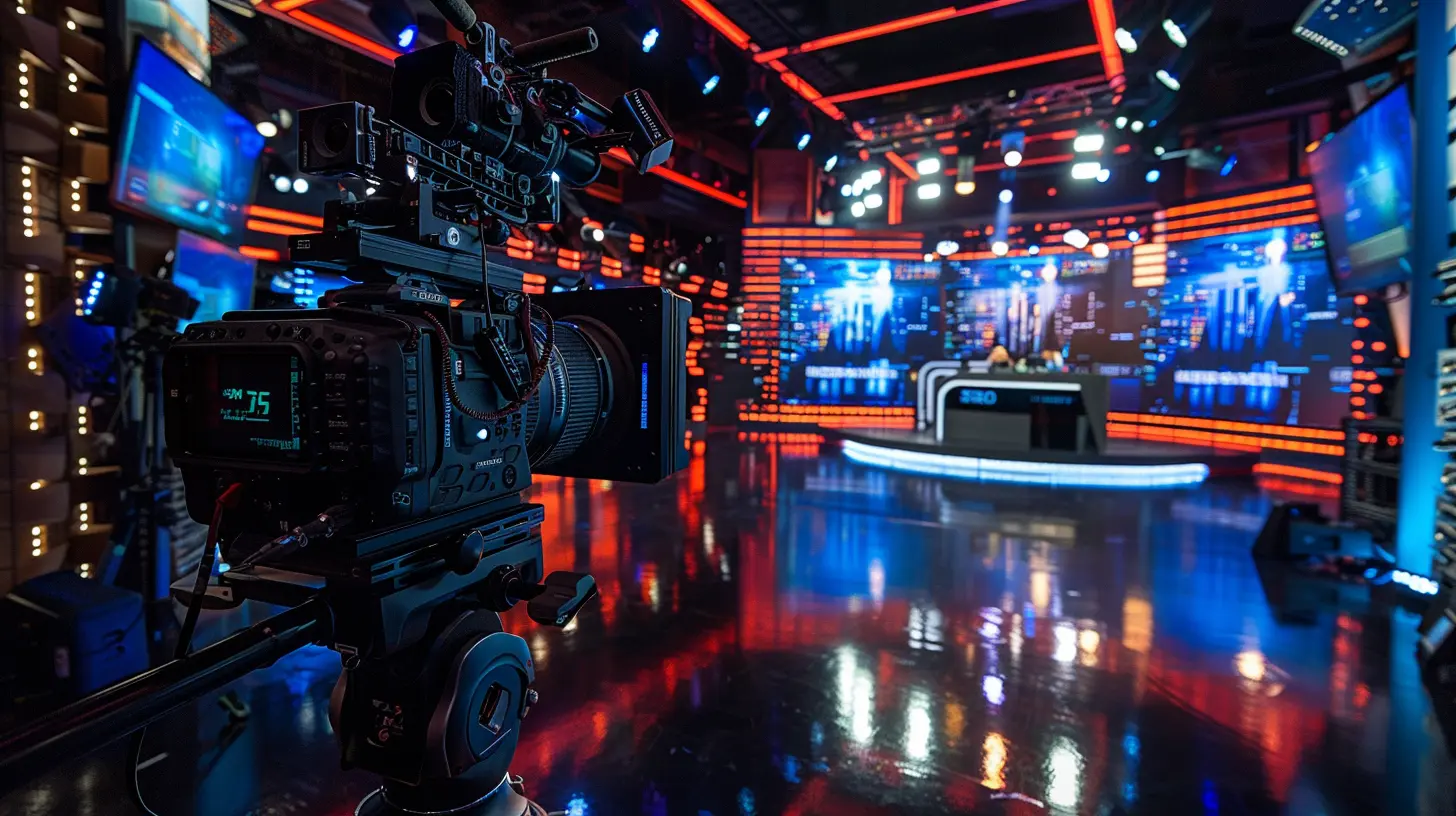
Technology Changed the Game (Literally)
Let’s talk tech. We’ve come a long way from the days of one lonely camera stuck at midfield.Spidercams & Drone Shots
Have you seen the birds-eye view where the camera just floats above the action like a ghost? That’s a Spidercam—pure sorcery with wires and robotics. It tracks every move, giving us surreal, swooping shots that blend gameplay and drama.In outdoor sports, drones have changed everything. Think skiing, surfing, cycling, and racing. Drones stick with the athletes through forests, waves, and turns, giving us viewpoints we never thought possible.
Virtual Replay Angles
Ever watched a replay that suddenly shifts in 3D, like you’re in a video game replay mode? That’s volumetric video capture—crazy tech using tons of cameras and AI.You see the same play from 360 degrees, making it nearly impossible to miss any detail. It’s not just cool. It’s revolutionary.
When Angles Get Controversial
Not all camera angles are heroes. Some stir up drama of their own kind—off the field.VAR & Instant Replay Debates
Camera angles play a crucial role in officiating. Think of VAR in soccer or replay reviews in NFL and NBA.More angles bring more clarity. But... sometimes they bring more confusion too.
A foul that looked obvious from one angle? Innocent from another. Fans argue. Coaches rage. Twitter explodes.
Angles don’t just tell the story. Sometimes they rewrite it.
The Illusion of Depth
Ever looked at a play and thought, “That’s totally in,” only for a different camera to show it wasn’t even close? Yep, angles can deceive.Cameras flatten space. A tiny change in perspective can twist reality. This illusion can change how we see the truth—and that’s both thrilling and terrifying.
Enhancing Storytelling Through Angles
Beyond the technical, there’s something almost artistic happening here.Camera angles aren’t just about relaying events. They’re about telling stories.
Just like a movie director chooses shots to guide your emotions, sports broadcasters do the same. They shift from wide to close, slow to fast, calm to chaotic—all to create a rhythm, a heartbeat that matches the energy of the game.
Think of it as a visual soundtrack. You're not just watching; you’re feeling the narrative unfold.
Interactive Viewing & the Future
Here’s a juicy thought: What if you could choose your own angle?That’s already happening in some sports apps and smart TVs. Want to watch that touchdown from the QB’s helmet cam? Go for it. Prefer the all-22 view? It’s yours.
As technology evolves, so will our control as viewers. It’s not far-fetched to imagine VR integration, where you pop on a headset and literally watch from the sidelines. Or even from a player’s point of view.
The future of sports viewing isn’t passive. It’s immersive.
The Hidden Heroes Behind The Lens
Let’s take a quick moment to appreciate the real MVPs behind the curtain: the camera operators, directors, and tech crews.These folks make split-second choices, track high-speed action, and know exactly when to cut, zoom, shift, and roll. Their instincts often shape how memorable a sporting moment becomes.
They’re like conductors of an invisible orchestra. You don’t always see them, but you’d miss them if they weren’t there.
Final Whistle: Why It All Matters
So... why do camera angles matter so much?Because sports are human stories wrapped in physical feats. And how we see those stories—the lens we’re given—shapes how we feel, what we notice, and what we remember.
The right camera angle can turn a regular play into a legendary highlight. It can reveal triumph, heartbreak, controversy, or pure artistry. It pulls you out of your living room and into the heart of the game.
Next time you’re watching, pay attention to the angles. You’ll start to see the game in a whole new light.
all images in this post were generated using AI tools
Category:
Sports BroadcastingAuthor:

Frankie Bailey
Discussion
rate this article
2 comments
Regina Jimenez
Camera angles play a crucial role in sports broadcasting, enhancing the viewer's experience by providing dynamic perspectives and closer interactions with the action. A well-angled shot can transform a routine play into an unforgettable moment, drawing fans deeper into the excitement.
June 22, 2025 at 4:26 AM

Frankie Bailey
Absolutely! Well-executed camera angles significantly elevate the viewing experience, capturing the energy and emotion of the game while making each moment more memorable for fans.
Kade Sharpe
Camera angles in sports are like seasoning in cooking—too much and it gets weird, too little and it's bland. Let’s just hope they don’t zoom in on the guy picking his nose next time!
June 21, 2025 at 12:34 PM

Frankie Bailey
Absolutely! Finding the right balance in camera angles is crucial for engaging sports coverage. Let’s keep the focus on the action, not the distraction!

